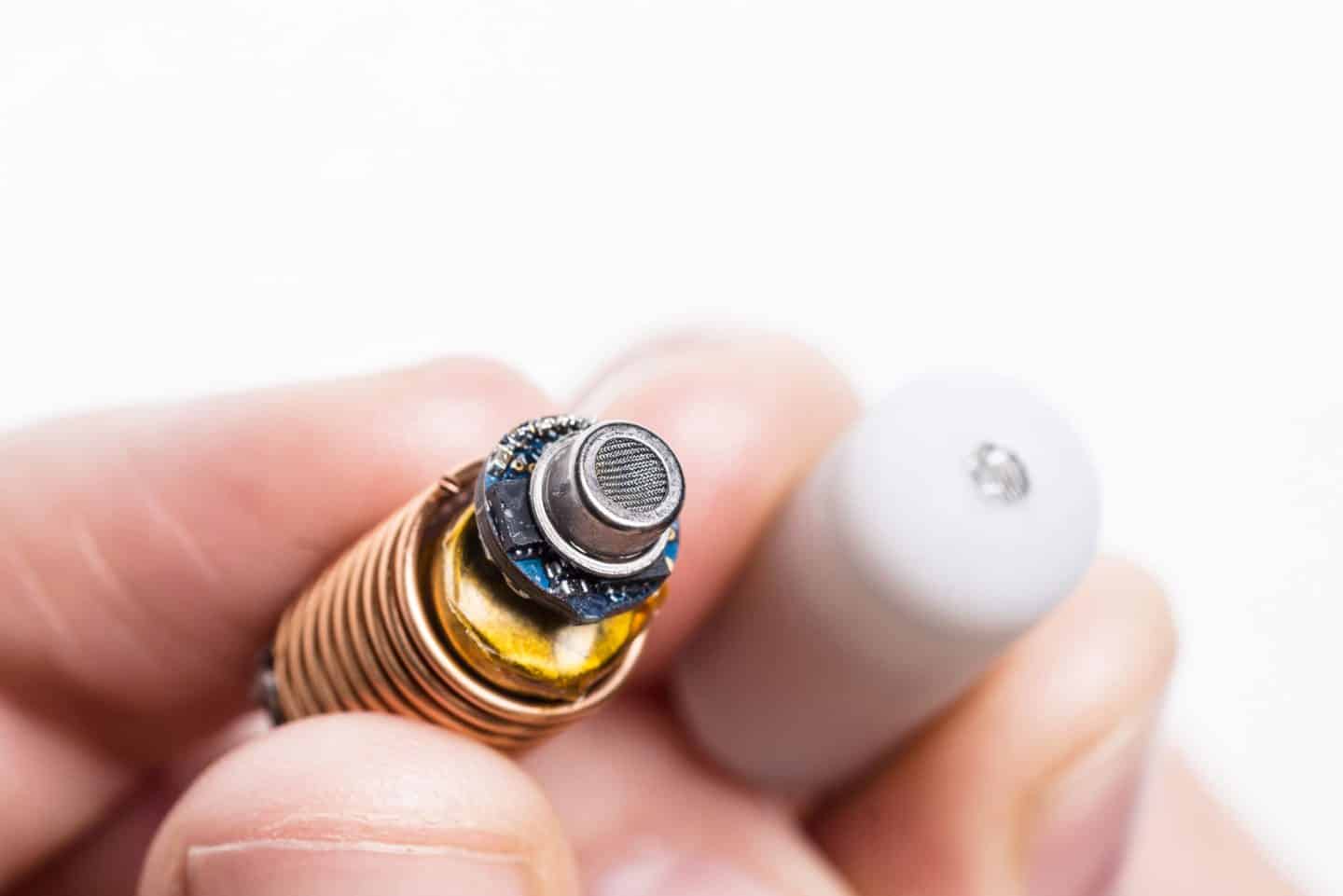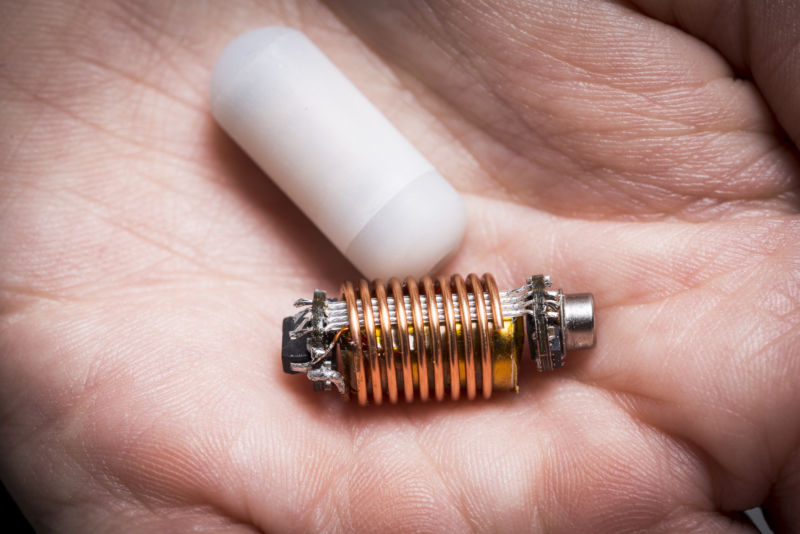Ingestible Sensor Capsule Tracks Your Gut Gas in Real Time to Help Improve Intestinal Health
From silent but deadly to letting it rip (and blaming the dog), farts are a part of everyday life. Let’s face it- with everything that we put into our digestive system, and all the physical and emotional stress we subject it to, our gut is bound to bring on some not-so-special effects from time to time. We’re talking about badass gas and constipation and such. One person in four suffers from some kind of digestive disorder.
The digestive system is like a river that runs through us. Each day we put pounds of foreign substances (food, drinks, medications, and supplements) into our mouths hoping that our bodies will be able to sort out friend from foe. And because of this interface, the digestive system is the seat of our immune system, runs our metabolism, makes vitamins, and communicates with every other cell in the body.
Ingestible sensors are potentially a powerful tool for monitoring human health. Sensors have been developed that can, for example, provide pH and pressure readings or monitor medication, but capsules that can provide key information about the chemical composition of the
gut are still not available.Therefore, researchers have designed an electronic gas-detecting pill could help in diagnosing gastrointestinal ailments.
Scientists from Melbourne’s RMIT University first unveiled their swallowable capsule early in 2015 in the hope it would it would help doctors work out what foods were problematic for their patients by detecting and measuring intestinal gases produced by gut bacteria.
Now they have released results from the first human trials of the capsule, which collects information about the gases and transmits it to a hand-held device and mobile phone for doctors to read.
The capsule is the size of a vitamin pill and works by detecting and measuring gut gas in real time, then sending data to a mobile phone. Trials have uncovered bodily mechanisms never seen before, including what could be an entirely new immune system.
To test the capsule, study lead and capsule co-inventor Professor Kourosh Kalantar-zadeh enlisted 26 healthy volunteers – one being himself. Each person ate the same diet to help rule out food as a cause for different results, except for two volunteers who ate a high-fiber diet and two others who got one with little fiber.
“We found that the stomach releases oxidising chemicals to break down and beat foreign compounds that are staying in the stomach for longer than usual,” said Kalantar-Zadeh. “This could represent a gastric protection system against foreign bodies. Such an immune mechanism has never been reported before.” The researchers also found evidence that the colon contains oxygen, contradicting previously-held beliefs that it’s an oxygen-free area of the body.
A membrane on the capsule’s nose lets gases through to a sensor that detects concentrations of oxygen, hydrogen and carbon dioxide. Kalantar-Zadeh says those three gases were picked because they provide important information about the gut.
By sensing oxygen content, for instance, the pill can figure out where in the gut it’s located. Oxygen starts off high in the stomach and drops off throughout the intestines. When the pill senses an oxygen-free environment, it knows that it’s finally made it to the colon and soon will exit.
The other two gases give researchers information about the gut microbiome’s activity wherever the capsule happens to be in the digestive tract. In this case, carbon dioxide and hydrogen gas are both byproducts of fermentation, a process many bacteria use to digest food and create energy, Kalantar-Zadeh says. “Looking at how fast these gases are produced, where they are produced and what types of gases are produces gives us clear information about the activity of the microbiome,” he says.
Co-inventor Kyle Berean said that the trials really were safe with absolutely no chance of, well, ‘retention.’ Berean said the successes of this small trial could ideally be scaled up and even put on the market to give doctors another tool in helping patients struggling with food-related/digestive ailments.
“Our ingestible sensors offer a potential diagnostic tool for many disorders of the gut from food nutrient malabsorption to colon cancer. It is good news that a less invasive procedure will now be an option for so many people in the future. We have partnered with Planet Innovation to establish a company called Atmo Biosiences and bring the product to market.”
“This will lead to Phase II human trials, and help raise the funds needed place this safe and revolutionary gut monitoring and diagnostic device into the hands of patients and medical professionals.“






























